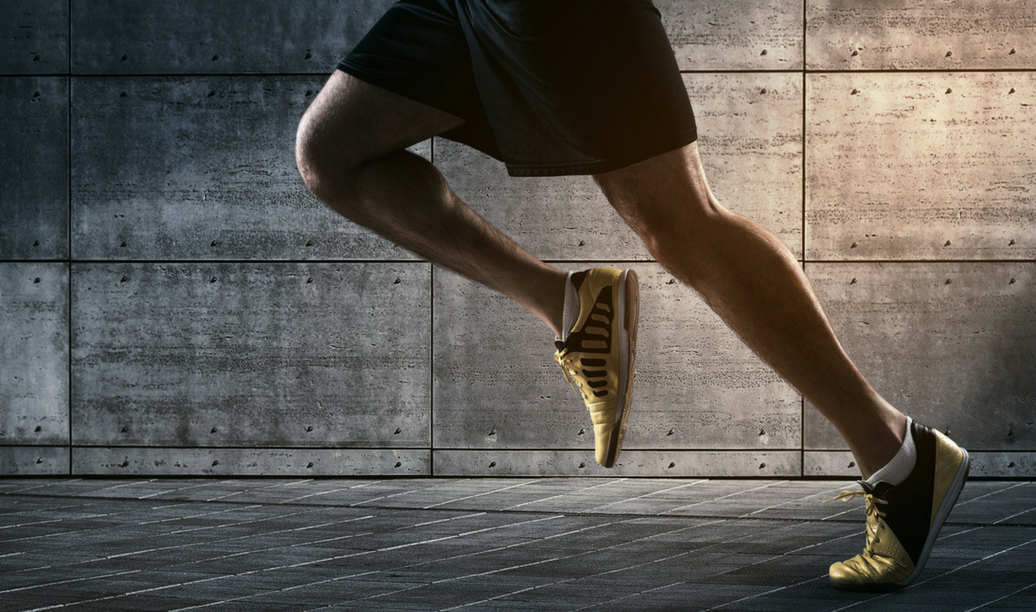
I see many runners in the clinic and more running injuries than I would like to!
These injured runners are often lean and very fit, though are often quite weak in their major running muscles. They may have developed excellent cardiovascular fitness with all the running they have managed to get in over the past months or years, however it never ceases to amaze me when they are unable to activate their glute muscles; they struggle to stand on one leg without falling over or dropping their opposing hip, or asking them to do a single leg squat would be too hard an ask.
These runners think that to become a better runner they just need to run faster and more often. They have managed to run a few 10kms races and a handful of half marathons without any issues, thanks to a well structured progressive running program they found on the internet.
However, their soft tissues haven’t been able to manage the lack of muscular strength, stability and control when they decided to add speed intervals to their training plan, or added hills to complete the City 2 Surf, or started to run back-to-back days in preparation for a life-long dream of finishing a marathon. What all of these athletes have missed is developing muscular strength to manage the increase in load.
The stronger you can get, the more resilient your soft tissue will be and the better you will recover. Often runners require greater strength and stability to maintain good form when increasing their training loads to minimise the risk of injury. Strength training helps to make you stronger and therefore faster. Those strength sessions are also another cardiovascular session in disguise to make you a fitter runner without the loading that occurs with pounding the pavement.
Every runner can benefit from strength training 2-3 times a week and building running specific gross muscle strength is the best way to start.
Exercises could include:
- Squats
- Lunges
- Leg Press
- Single leg assisted squats.
Repetitions beginning at 10-12, for 2 sets, with 30 sec rest between, progressing to 6-8 repetitions, 3-4 sets, with 60 sec rest. Concentrating on technique, appropriate muscle activation and speed of the movement over weight. Just make sure you don’t do a strength session within 24 hours of a hard run session, otherwise your run session will be of less quality and you will have increased risk of injury.
Stability training is also an important addition to your running training and can include exercises for the lower limb, hips and core region.
These could include:
- Single leg bridges,
- Side lying leg raises,
- Dead bugs
- Planks
- Swiss-ball exercises,
- Crab Walks with resistance
- Dynamic exercises on a single leg or bosu ball
(Please note: if you do believe that you may lack the strength, I would recommend consulting with a run specific exercise therapist to know exactly which muscles need strengthening and be assisted in completing these exercises correctly).
Then you can always finish off the session with a short 10-20 minutes of running on the treadmill where you can concentrate on your form under fatigue. With the warmer weather here making it challenging to do those hard or long runs, I would say that this is the best time to get started!
To find out more come and join our Run Rehabilitation & Strengthening classes run over an 8 week term hosted by Dave Halpin and Juanita McDonald.
Call the City Centre clinic on (02) 6257 8900 for full details.

